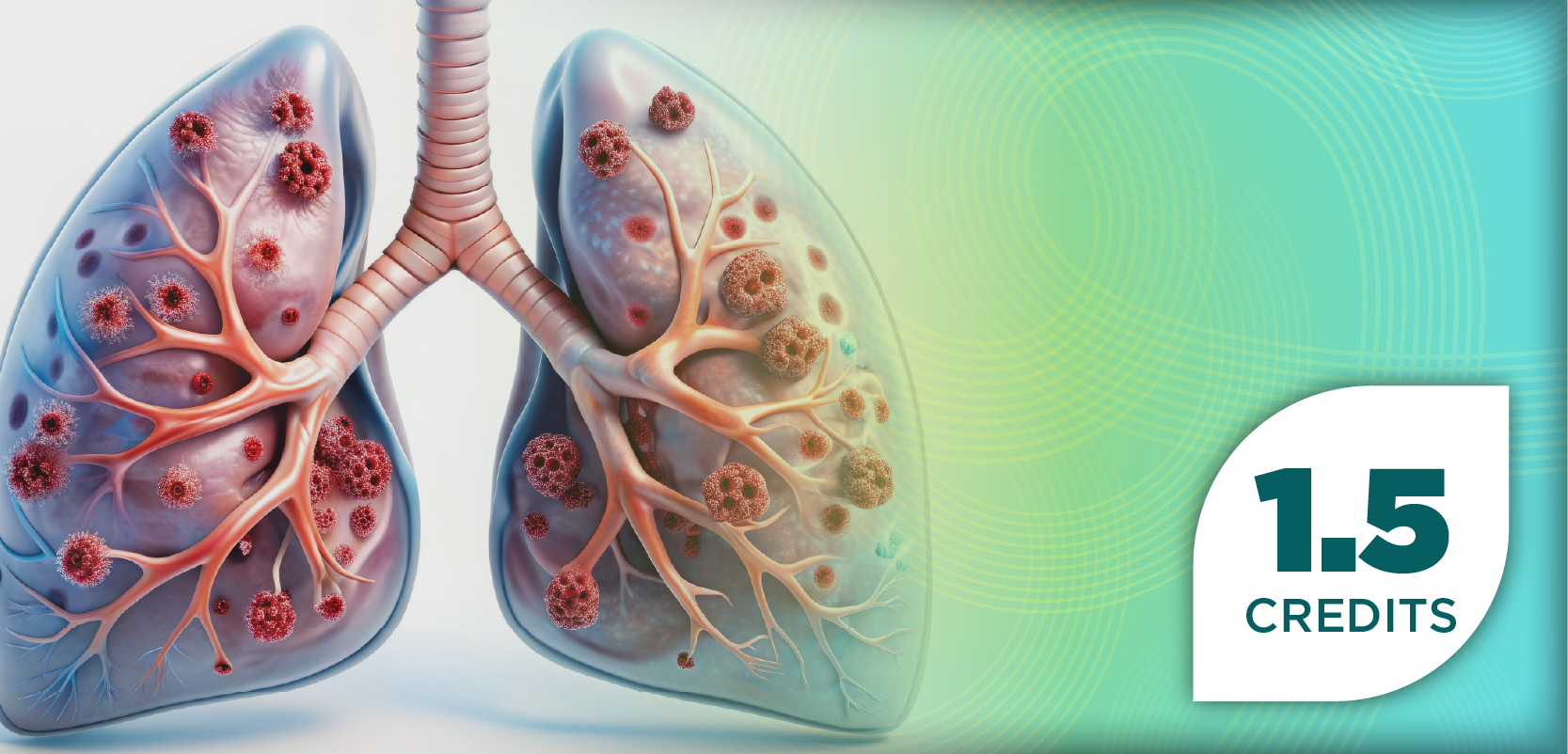
- August 2013 Pain Awareness
- Volume 79
- Issue 8
Scratch That! Scabies, Lice, and Bed Bugs
This overview of public health department protocols can be used to wage "war" on vermin.
This overview of public health department protocols can be used to wage “war” on vermin.
Vermin outbreaks are common, costly, and upsetting. Depending on your location, the time of year, and the population you serve, you undoubtedly encounter outbreaks of bed bugs, lice, or scabies. A common presentation—a patient approaching the pharmacy counter with a clenched jaw, a disgusted visage, and a prescription for a drug to eradicate a parasite—often leads to a round of acarophobia (psychogenic itching) among staff. Fortunately, public health departments have developed good protocols to handle outbreaks and infestations. We can use their steps to wage orderly war on vermin.
Step 1: Identify the enemy. Scabies, lice, and bed bugs cause similar symptoms, but their differences are noteworthy (Table 1). Knowing exactly what you are dealing with is crucial to providing the best OTC or prescription treatment and patient counseling. Infestations frequently bring shame or stigma to households even though their presence (with the exception of body lice) has little to do with cleanliness. Of most importance is remembering that infestations occur globally, affecting people of all races and social classes. Also note that animals do not transmit these infestations. All of these infestations can cause skin problems that follow profuse scratching, insomnia, and anxiety.1-3
Table 1. Sacbies, Lice, and Bed Bugs
Attribute
Scabies
Lice Infestation
Bed Bug Infestation
Causative organism
- Human itch mite (Sarcoptes scabiei var hominis)
- Crusted Norwegian scabies, a more severe form that tends to affect immunocompromised patients
- Pediculus humanus capitis (head louse)
- Pediculus humanus corporis (body louse, clothes louse)
- Pthirus pubis ("crab" louse, pubic louse)
Bed bugs (Cimex lectularius)
Dwelling Place
Burrow into the skin’s upper layer, living there and laying eggs
- Base of the hair shaft
- Clothing and bedding used by infested people
- Pubic hair, sometimes on other coarse hair (eyebrows, eyelashes, beard, mustache, chest, armpits)
Within 8 ft of human sleeping places
Hide during the day in mattress seams, box springs, furniture, cracks or crevices, wallpaper, or clutter
Pierce human skin
Feed for ~5 min on sleeping humans early in the morning, biting painlessly with two hollow tubes—one that injects an anticoagulant/vasodilant/anesthetic mixture and another that extracts blood
Risk Factors
Crowded human conditions with close body contact (nursing homes, extended-care facilities, daycare facilities, prisons)
- Close person-to-person contact, especially among children
- Close person-to-person contact, especially in institutional settings
- Usually sexual contact
Residing in an endemic, epidemic, or pandemic area; travel; exposure in a camp, school, etc.
Common Symptoms
“Allergic reaction” to scabies’ proteins and feces causes
- Pruritus, especially at night
- Papular, pruritic rash, often with visible burrow lines
- Head, face, neck, palms, and soles usually uninvolved in adults
Pruritus or a tickling feeling; irritability and sleeplessness; sores pursuant to scratching
Chronic body lice infestation thickens and discolors skin, particularly around the midsection (waist, groin, upper thighs); this condition is called vagabond's disease
Red, itchy welts, often occurring in clusters of 3; frequently referred to as the breakfast, lunch, and dinner cluster; bite marks may take up to 14 days to develop
Diagnosis
Needle biopsy or skin scraping
Visual identification of lice or nits
Visual identification with the naked eye or with a flashlight after dark, especially if they have just eaten and are plump with blood; other signs include:
- Bed bugs or exoskeletons in the fold of mattresses and sheets
- Rust-colored blood spots on the mattress or nearby furniture due to bed bugs’ fecal material
- A sweet musty odor that may smell like rotting raspberries
Treatment
Treat the patient and household members
- Prescription scabicide; no OTC products available
- Decontaminate bedding, clothing, and towels by washing in hot water
Treat the patient and household members
- OTC or prescription pediculocide
- Wash bedclothes and clothing in hot water, dry in hot air cycle; or dry clean or seal items in plastic for 2 wk
Improved hygiene and regular changes of clean clothes usually resolve body lice
Eliminate bed bugs by using a professional pest control company that is experienced in exterminating them
Residual symptoms
Residual itching may last up to 3 wk
Possible infection due to scratching
Anemia may develop if the infestation persists
Step 2: A high index of suspicion is wise. Know your community’s current outbreaks, and when patients mention symptoms, ask leading questions. Lice, for example, tend to be common during school’s first few weeks. Learn about each organism, its habits, and the most effective approaches to eradicate it and treat symptoms.
Step 3: Do not identify a cutaneous outbreak or infestation just by eyeing the bite or rash. Ask where and when a rash or bites started. Examine the rash and look for signs of a specific parasite. Ask about specific symptoms.8-12 Remember that people’s skin reacts differently to physical insult. Some people may be asymptomatic. More sensitive skin may erupt in pruritic papules, wheals, vesicles, bullae, or itchy, bloody welts. Remember, too, that elders may have a reduced itch response and that people who are cognitively impaired, have mobility problems, or have used long-term topical corticosteroids may react differently than expected.1-3,8,12-14
Step 4: Definitive diagnosis saves time. If someone suggests that he or she may have a new infestation, it is speedier to isolate and identify a “cootie” (Table 1) than guess and have treatment fail. Treating the wrong causative parasite means retreating later and exposing patients to further potentially toxic side effects.1-3
Step 5: Manage comorbidities. The phrase "7-year itch" was first used to describe persistent, undiagnosed scabies infestation.15 It can certainly apply to other parasites when intense scratching creates secondary bacterial infections, and potentially cellulitis, lymphangitis, and acute glomerulonephritis.
Step 6: Target the specific parasite and symptoms. If patients need or want an OTC product, be sure the product covers the specific infestation and review the directions with patients. Treatment of itchy bites may require symptomatic antihistamine use and topical corticosteroids. Topical or oral antibiotics may be needed if infection develops.8,6,10 In severe cases, complications are possible.7 Note that eliminating bed bugs requires a licensed pest control operator and can be very costly.9
Step 7. Use your local health department. Local health departments always have information about current contagious outbreaks or infestations—unless you are the first one to alert them, which is also good! If you suspect bed bugs, local exterminators are an additional source of good advice.
Step 8: Treatment can fail, but agoraphobia also causes distress. Although treatment can fail, today’s treatments are safe and effective in most cases. Counsel patients to follow directions exactly, and if they return indicating they still have scabies, lice, or bed bugs, be skeptical and verify—repeat the steps above. Patients frequently need emotional support and ongoing reassurance that the infestation is gone.
Be Thorough
Infestations with common parasites are annoying and inconvenient. Hurried patients, eager to be rid of the invasive pests, may want an immediate cure. Remember to encourage back-and-forth dialogue, emphasizing that infestations happen to everyone and do not reflect on a person’s character. The most important point to stress is use of the correct product exactly as prescribed or described on the label.
Ms. Wick is a visiting professor at the University of Connecticut School of Pharmacy and a freelance clinical writer.
References
- Centers for Disease Control and Prevention. Parasites: lice. www.cdc.gov/parasites/lice/index.html. Accessed April 18, 2013.
- Centers for Disease Control and Prevention. Parasites: scabies. www.cdc.gov/parasites/scabies/treatment.html. Accessed April 18, 2013.
- Centers for Disease Control and Prevention. Parasites: bed bugs. www.cdc.gov/parasites/bedbugs/health_professionals/index.html. Accessed April 18, 2013.
- Elston DM, Stockwell S. What’s eating you? bedbugs. Cutis. 2000;65:262-264.
- Lapeere H, Vander Stichele RH, Naeyaert JM. Evidence in the treatment of head lice: drowning in a swamp of reviews. Clin Infect Dis. 2003;37:1580-1582.
- Cestari TF, Martignago BF. Scabies, pediculosis, bedbugs, and stinkbugs: uncommon presentations. Clin Dermatol. 2005;23:545-554.
- Pritchard MJ, Hwang SW. Cases: severe anemia from bedbugs. CMAJ. 2009;181:287-288.
- Zhu YI, Stiller MJ. Arthropods and skin diseases. Int J Dermatol. 2002;41:533-549.
- Centers for Disease Control and Prevention and the Environmental Protection Agency. Joint statement on bedbug control in the United States. www.cdc.gov/nceh/ehs/publications/bed_bugs_cdc-epa_statement.htm. Accessed April 18, 2013.
- Liebold K, Schliemann-Willers S, Wollina U. Disseminated bullous eruption with systemic reaction caused by Cimex lectularius. J Eur Acad Dermatol Venereol. 2003;17:461-463.
- Parish LC, Witkowski JA. The bedbugs never left. Skinmed. 2004;3:69-70.
- Sansom JE, Reynolds NJ, Peachey RD. Delayed reaction to bed bug bites. Arch Dermatol. 1992;128:272-273.
- Orkin M, Maiback HI. Current concepts in parasitology: this scabies pandemic. N Engl J Med. 1978;298:496-498.
- Jaramillo-Ayerbe F, Berrio-Munoz J. Ivermectin for crusted Norwegian scabies induced by use of topical steroids. Arch Dermatol. 1998;134:143-145.
- Arlian LG, Estes SA, Vyszenski-Moher DL. Prevalence of Sarcoptes scabiei in the homes and nursing homes of scabietic patients. J Am Acad Dermatol. 1988;19:806-811.
Articles in this issue
over 12 years ago
Medication Management: A Team Sportover 12 years ago
Case Studiesover 12 years ago
Pet Peevesover 12 years ago
Quality Patient Care Award Winner Focuses on Customer Serviceover 12 years ago
Can You Read These Rxs?over 12 years ago
Health App Wrapover 12 years ago
Weather Does Not Consistently Affect Fibromyalgia Symptomsover 12 years ago
Preemptive Pain Management May Reduce Postsurgical DiscomfortNewsletter
Stay informed on drug updates, treatment guidelines, and pharmacy practice trends—subscribe to Pharmacy Times for weekly clinical insights.













































































































































































































